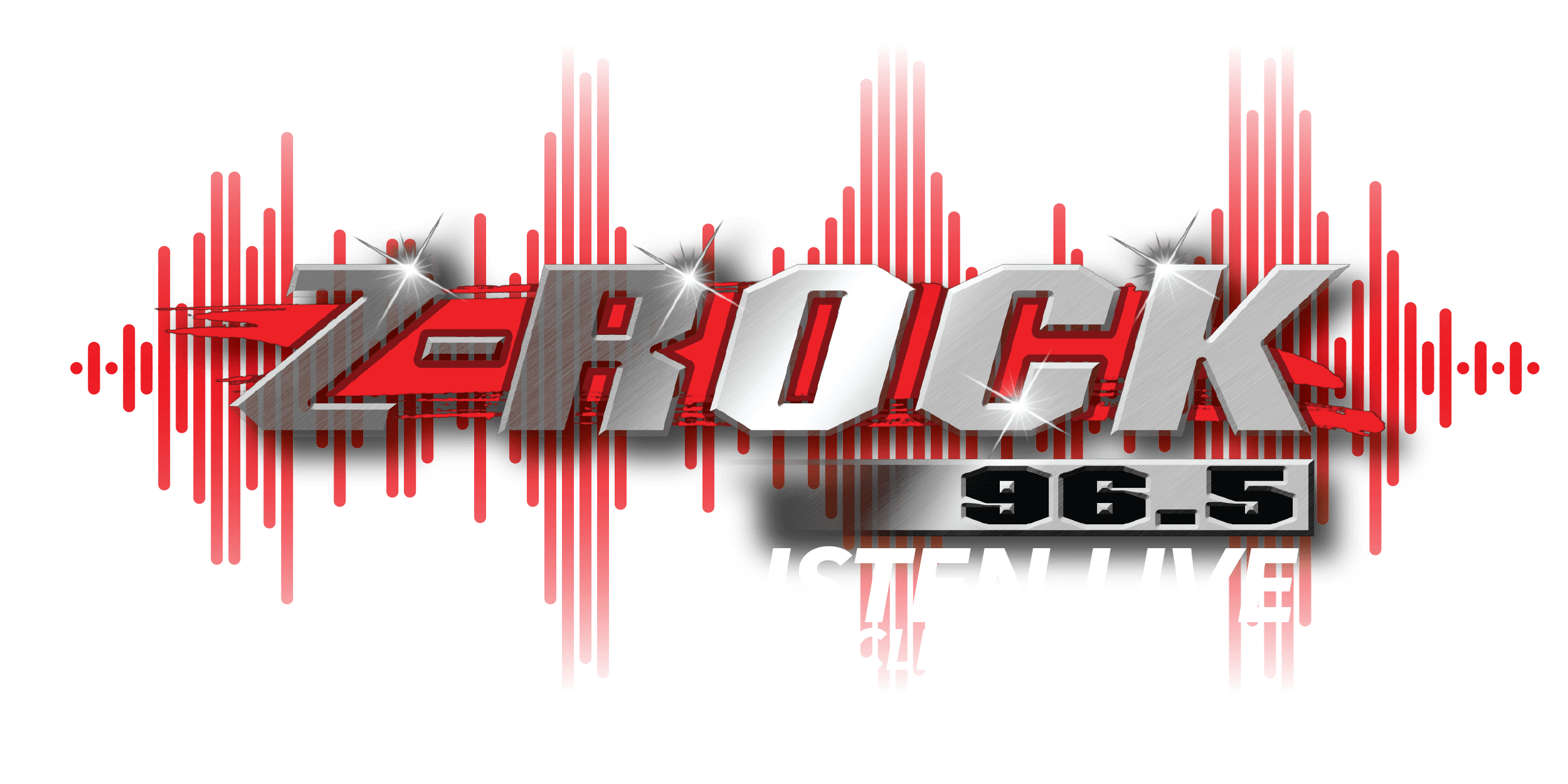
The College Board has released results from the 2023 ACT high school assessment. The data show that Washington’s students continue to perform in the top 15 states, and that Washington is 1 of just 5 states that has seen an increase in scores since 2021, the first “typical” year after the major impacts of the COVID-19 pandemic.
From the Class of 2023, 78% of Washington’s test-takers met the college preparedness benchmark in English language arts, 71% met the benchmark in math, 61% in reading, and 61% in science. Of all Washington test-takers, 50% met the college preparedness benchmark in all four areas assessed. Compared to peer states––defined as states with similar rates of student participation––Washington’s test-takers performed right on par with their peers.
“From the National Assessment of Educational Progress (NAEP) to ACT scores, we consistently see Washington’s students outperforming the nation when similar groups of students are assessed,” said State Superintendent Chris Reykdal. “While we have important progress to make following the pandemic, learning recovery and acceleration is taking place every day in our schools with the leadership and hard work of our teachers, paraeducators, counselors, principals, and other school staff under the guidance of locally elected school boards.”
Across the nation, ACT participation rates vary by state. Some states require participation for all graduates, and some colleges and universities still require participation for admission. In Washington, the ACT is not required for graduation or for admission to a public college or university. The percentage of students in Washington who took the ACT prior to graduation was about 6% of students from the Class of 2023.
“Washington’s ACT scores are substantially higher than the national average, but that is not the comparison we focus on,” Reykdal continued. “For this assessment, we focus on our students that are likely the most clearly focused on university admissions, and we compare ourselves only to states who test a similar percentage of their students. Even with that focus, Washington’s students perform exceedingly well, and these learners should be very proud of their hard work.”
The ACT is intended to measure whether a student is “fully prepared” for college and university level learning by assessing their mastery of concepts in English language arts, math, reading, and science. Most students take the test in the 11th or 12th grade.
While the ACT test-taking population is very narrow, more than half of Washington’s students enroll in college or a university within their first year after graduating high school, and declining rates of enrollment in remedial courses in higher education show that more of Washington’s students are entering college “prepared” than ever before.
Washington’s public K–12 education system has continued to prioritize the expansion of student access to advanced courses and college-level learning while in high school. Last school year, 72% of Washington’s high school graduates had already completed a college-level course upon their high school graduation. The ACT data are one more indicator that acceleration efforts in Washington state make a difference for students.
In addition, nearly every student group saw an increase in their 4-year graduation rate, and many persistent opportunity gaps are closing.

